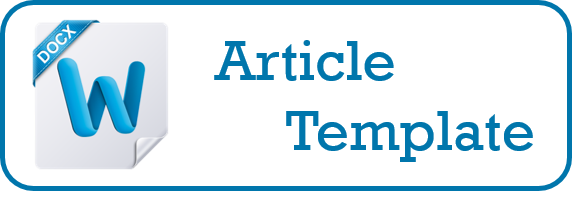Analysis of Green Sukuk Potential Against Green Infrastructure in Bekasi City
Keywords:
Sukuk, Green Sukuk, Green Infrastructure, Infrastructure Financing, Sustainable Waste Management, and Waste to Energy PlantAbstract
The Republic Indonesia Government in realizing the welfare has a fundamental role that is realized through economic and infrastructure development in various cities in Indonesia. The problem faced by Indonesia in realizing this development is how to keep infrastructure development in line with efforts to preserve the environment, and this is also one of the sustainable development goals. In this study using qualitative descriptive method. Case study that uses the object of research, is City of Bekasi-West Java. Data obtained through interviews with Bekasi City Government officials, documentation and literature studies. The analysis carried out is a SWOT analysis. Based on this research, it proves that Bekasi City, when viewed from geographical aspect, regulations, and existing legal aspects, is able to issue sukuk and carry out green infrastructure development with financing from the green sukuk. However, the reality is, until now there has been no green infrastructure development in Bekasi City that uses financing sources from sukuk or green sukuk. The existing green infrastructure in Bekasi City is a project of several ministries and is not a project of Bekasi City itself.Downloads
Published
Issue
Section
License
Proposed Policy for Journals That Offer Open Access
This work is licensed under a Creative Commons Attribution-ShareAlike 4.0 International License (CC BY-SA 4.0).
Authors who publish with Journal of Economics and Business Aseanomics (JEBA) agree to the following terms:
1. For all articles published in Journal of Economics and Business Aseanomics (JEBA), copyright is retained by the authors. Authors permit the publisher to announce the work with conditions. When the manuscript is accepted for publication, the authors agree to the publishing right's automatic transfer to the publisher.
3. Authors retain copyright and grant the journal right of first publication with the work simultaneously licensed under a Creative Commons Attribution-ShareAlike 4.0 International License (CC BY-SA 4.0) that allows others to share the work with an acknowledgment of the work's authorship and initial publication in this journal.
4. Authors can enter into separate, additional contractual arrangements for the non-exclusive distribution of the journal's published version of the work (e.g., post it to an institutional repository or publish it in a book), with an acknowledgment of its initial publication in this journal.
5. Authors are permitted and encouraged to post their work online (e.g., in institutional repositories or on their website) before and during the submission process, as it can lead to productive exchanges and earlier and greater citation of published work (See The Effect of Open Access).

 Lim Hendra
Lim Hendra
 Accounting, Economy, STIE Indonesia, Jakarta
Accounting, Economy, STIE Indonesia, Jakarta
















